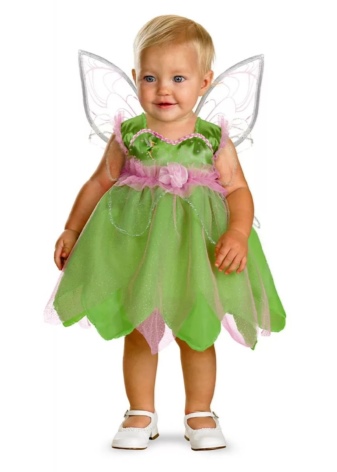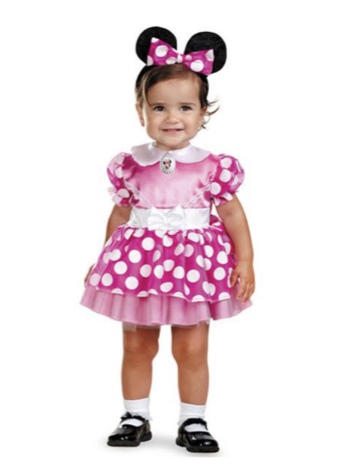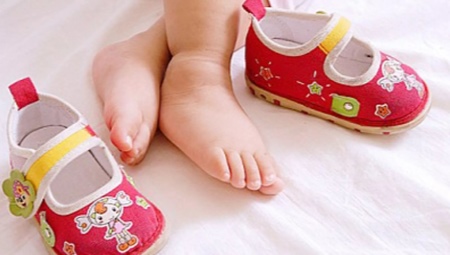The development and formation of a child actively occurs in the first years of his life. Parents should be responsible for these processes and help the baby develop correctly. When the child takes his first steps, it is time to choose the first shoes for him. Parents should acquire models for the first steps of their child, paying attention not to appearance. Since the feet go through a long formation process, the active phase of which occurs in the first three years of a child’s life, nursery shoes for babies should be selected correctly.
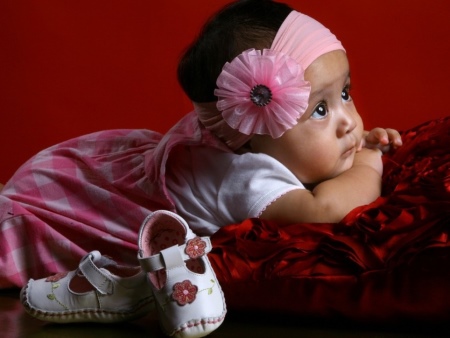
Features
Today, there are many types of nursery shoes: sandals and boots, as well as shoes of various designs, overwhelm the shelves of children's stores. However, you should only buy shoes from trusted manufacturers whose shoes are certified and meet all the requirements.
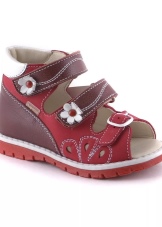
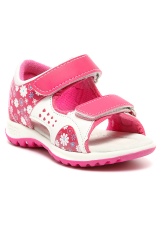
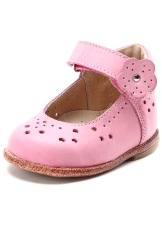
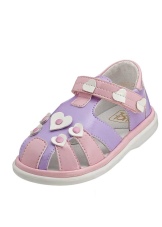
Characteristics
- The use of natural materials. Due to the imperfection of the heat exchange system in babies, nursery shoes should only be made from natural materials - leather or textile. The properties of these materials will protect the baby's legs from overheating and excessive sweating.
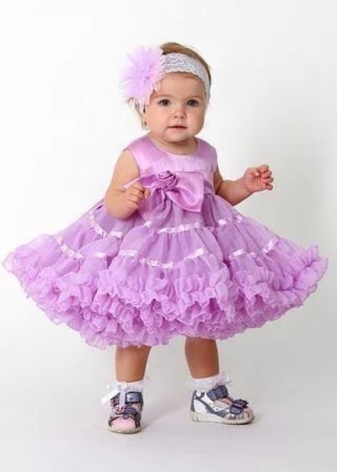
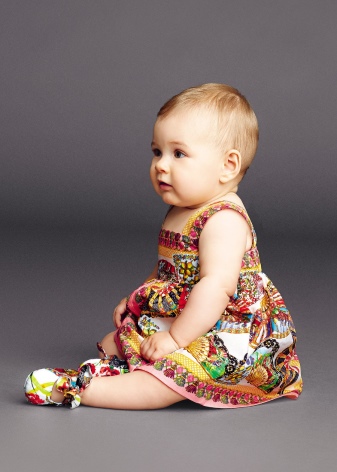
Special outsole. This part of nursery shoes deserves special attention. The sole in children's shoes should be quite thin and flexible, but at the same time be stiff. Rubber is most often used to produce the sole of children's shoes, but there are also models with leather soles.
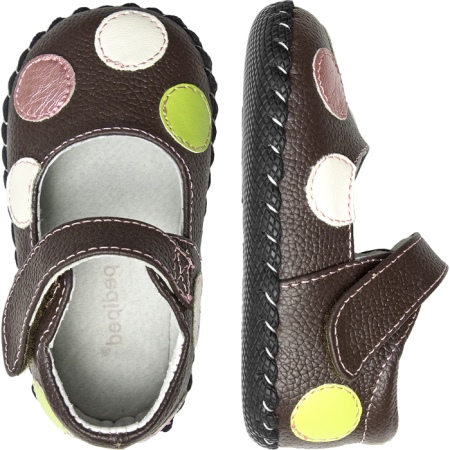
- Stiff toe and back. The back should reach the ankles and fit snugly on the baby's leg. The toe of children's shoes is usually rounded and wide, which allows the fingers to be freely located inside the shoe. Preference should be given to closed models of nursery shoes to protect your toes from bumps.
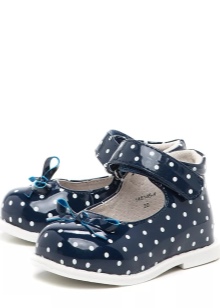
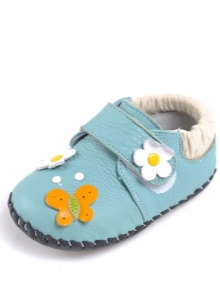
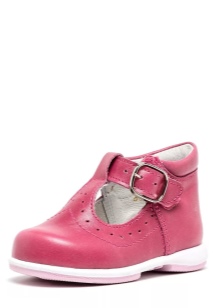
The presence of a heel.This feature is a prerequisite for nursery shoes. A small heel is necessary to maintain the baby’s direct posture and muscle development in the legs.
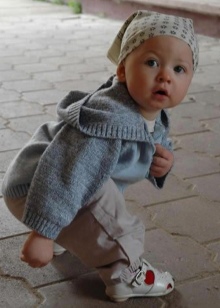
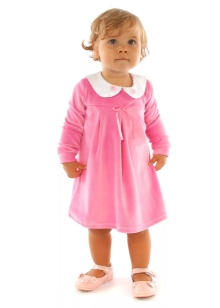
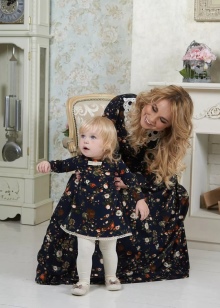
- Orthopedic insole. The insole of the nursery should have an arch support - a dense elevation on the inside of the insole. Such a mechanism distributes the load over the entire surface of the foot, which allows the legs to not get tired while walking.
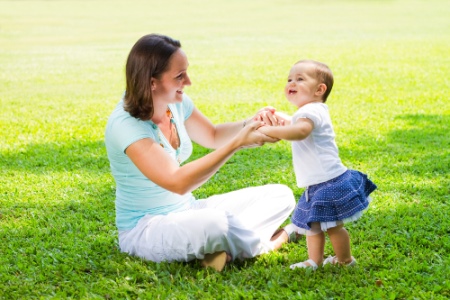
- Tight fixation. Another important condition for shoes for the first steps - fasteners for tight fixation on the leg. Usually the role of fasteners is performed by Velcro, which is easiest to fasten to a child. Some models have shoelaces.

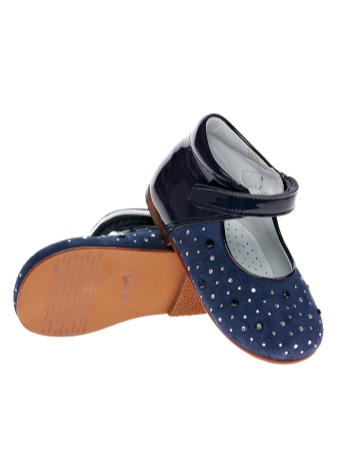
- Suitable size. Nursery shoes should be no more than one centimeter larger than the child’s leg. Shoes must be tried on directly on the baby’s leg, or inserted into the blank with the outlines of the legs. The outside of the shoe does not match the actual size of the shoes.
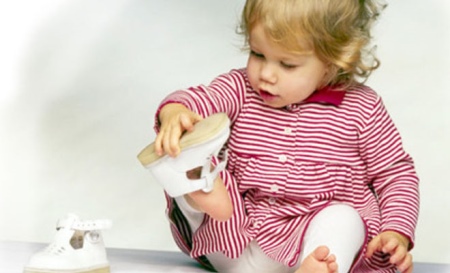
Preschool Shoes Tips
In kindergartens it is not allowed to bring slippers and other soft types of shoes as replaceable shoes. Closed toe shoes may be the best option, possibly with cuts for better ventilation.
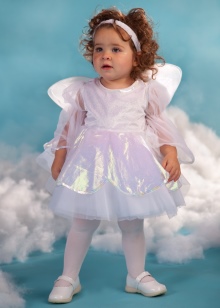

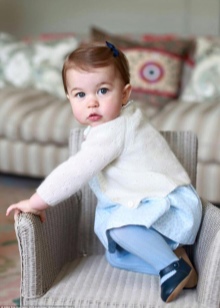
If parents do not have the means to purchase leather shoes, then you should choose a pair of shoes in which at least the inside is made of natural materials.
The child’s leg grows very quickly, so the shoes change about once every six months. If traces of shoes are found after wearing, replace the old pair of shoes with new larger shoes.
